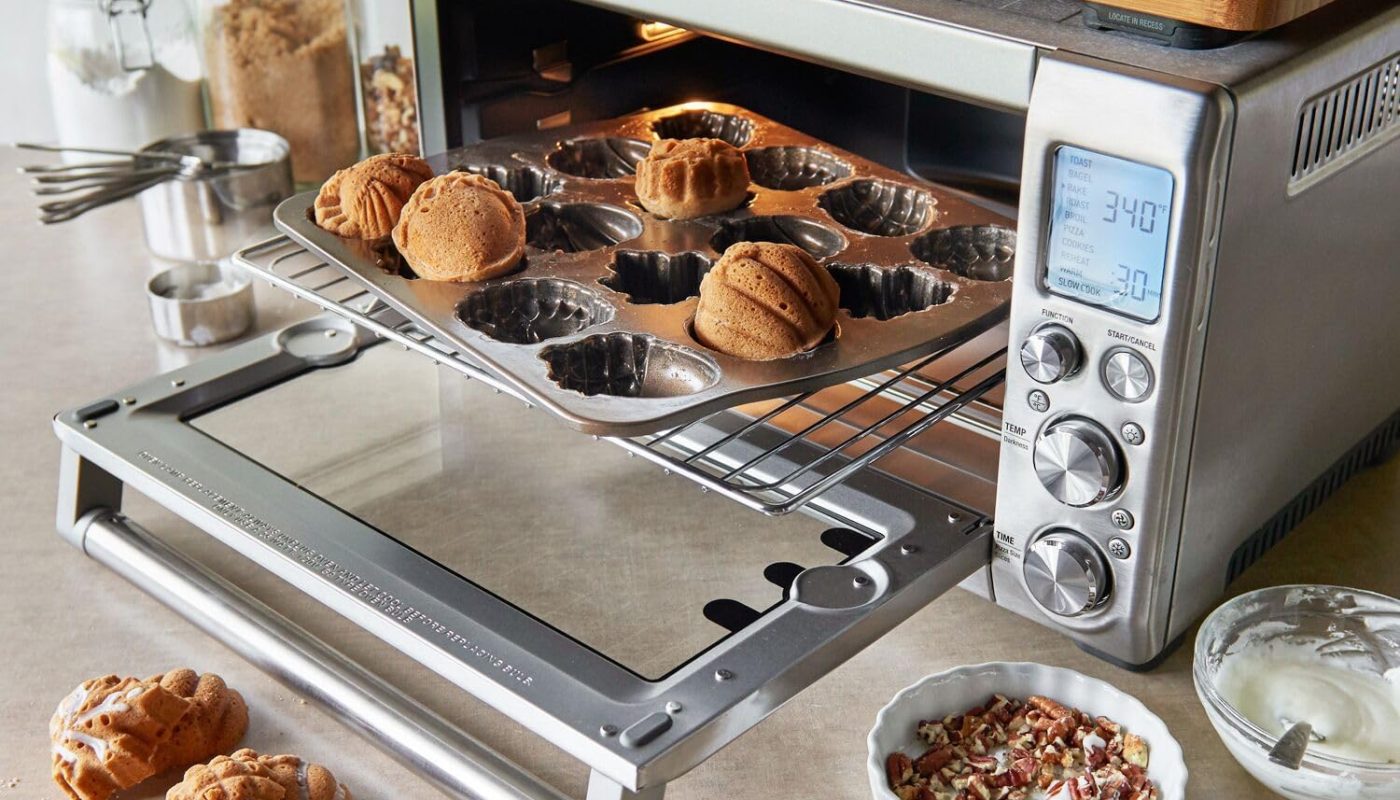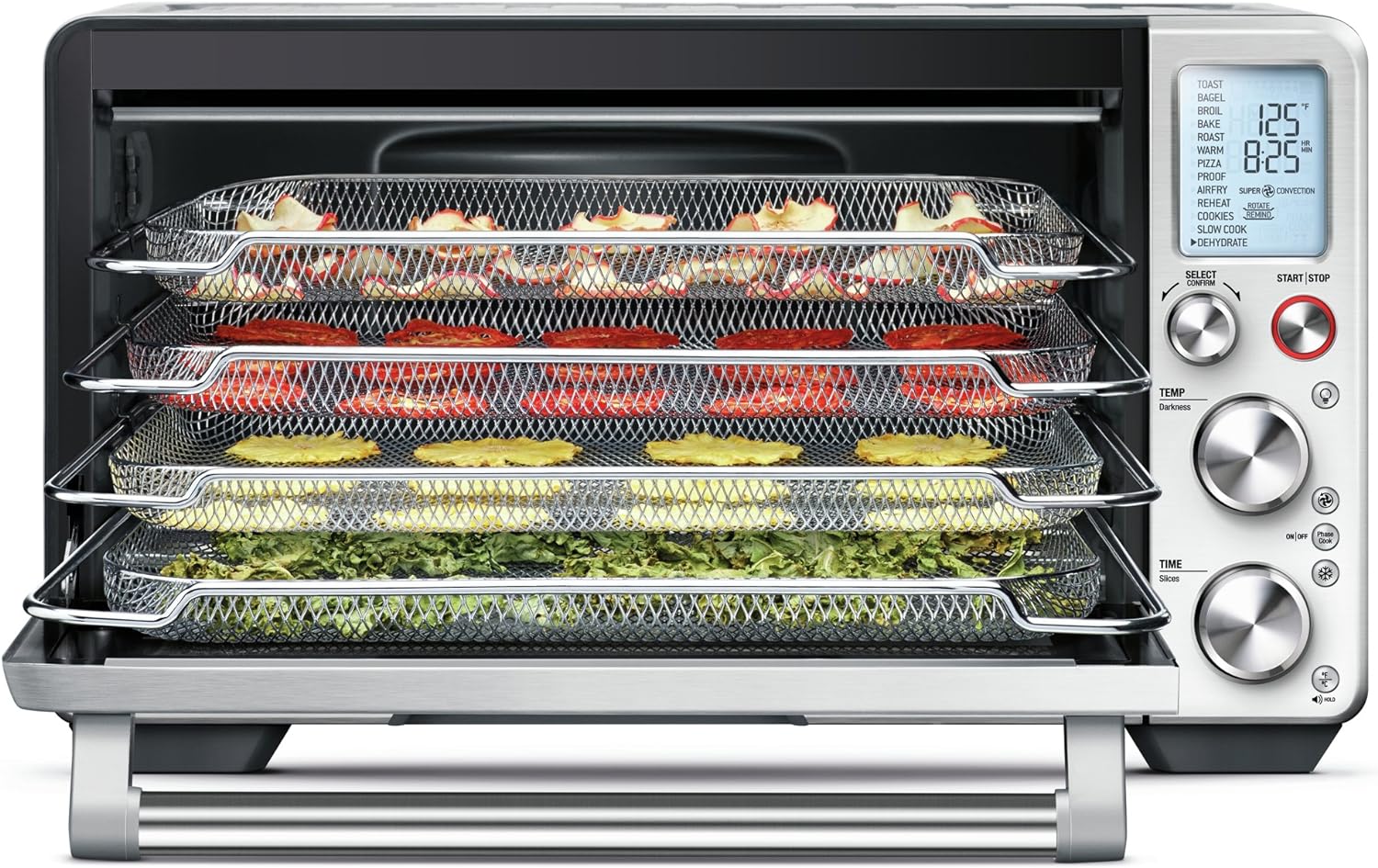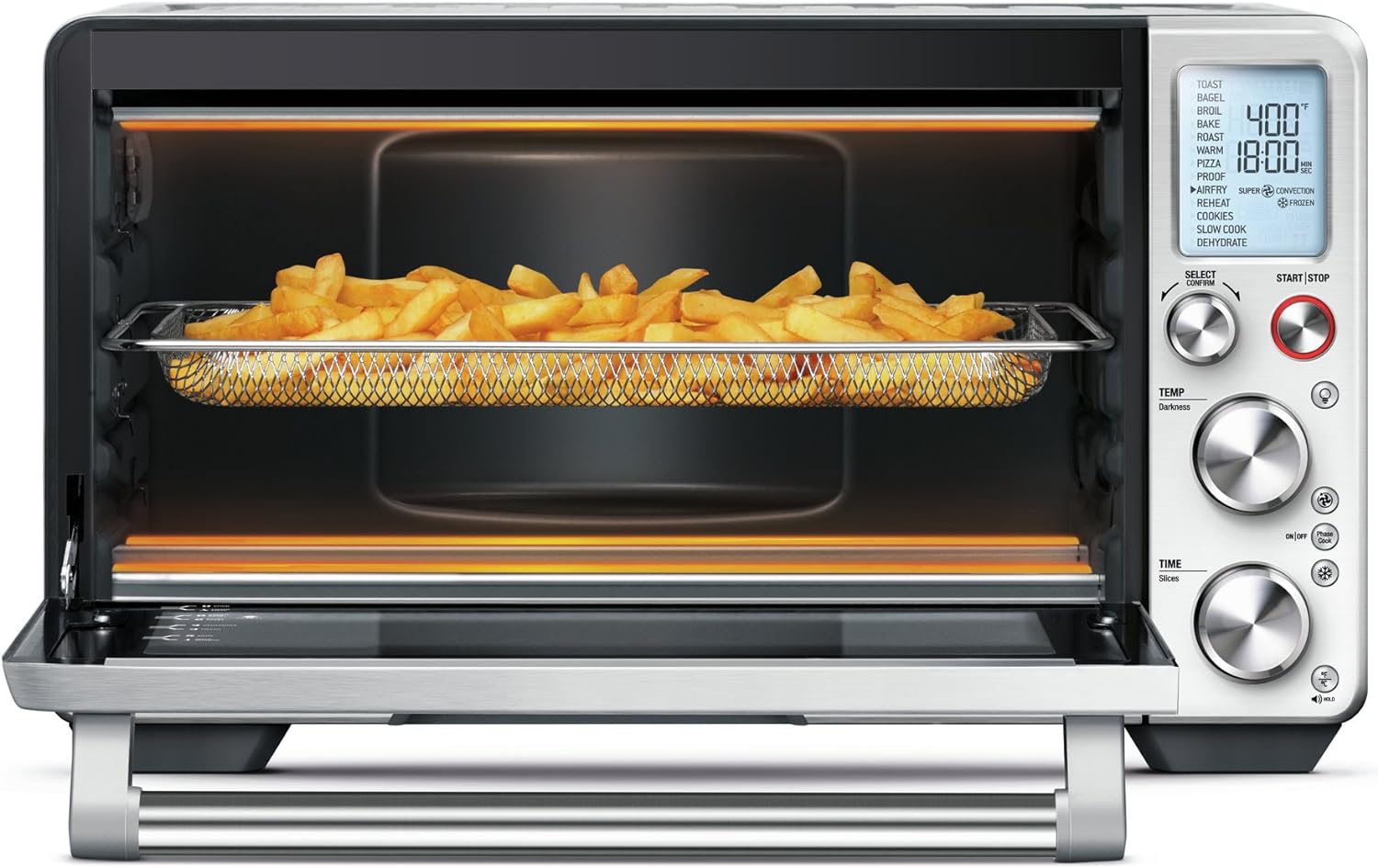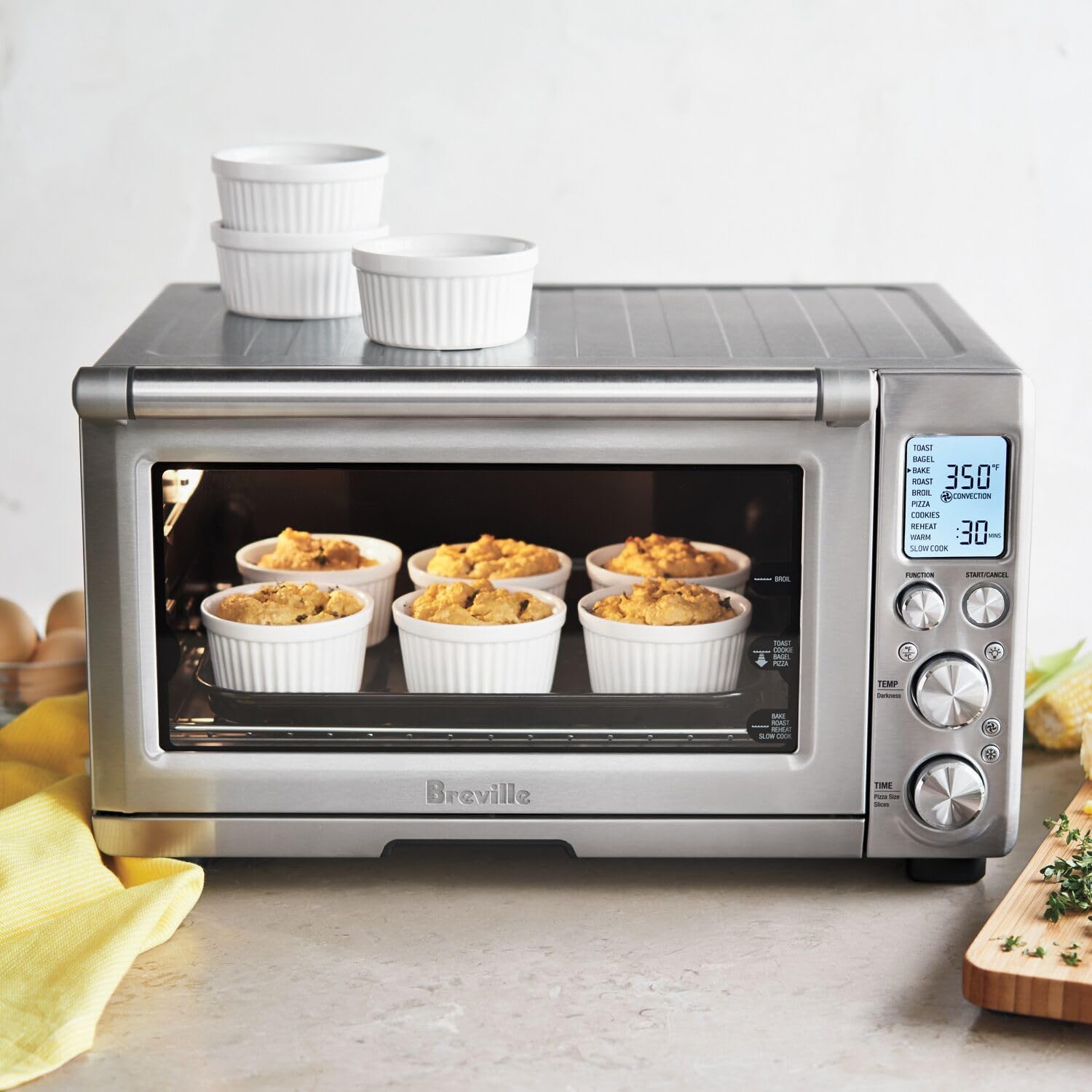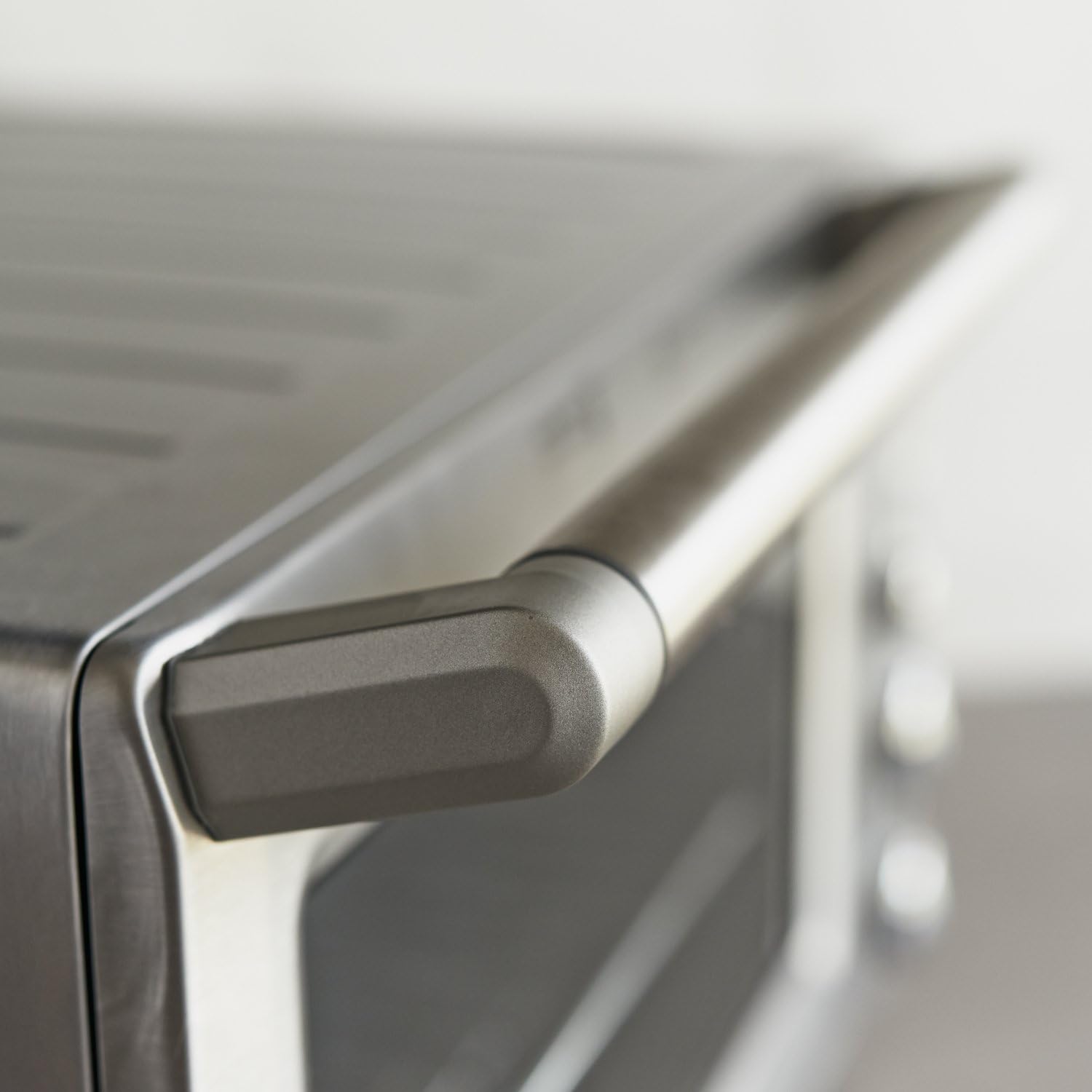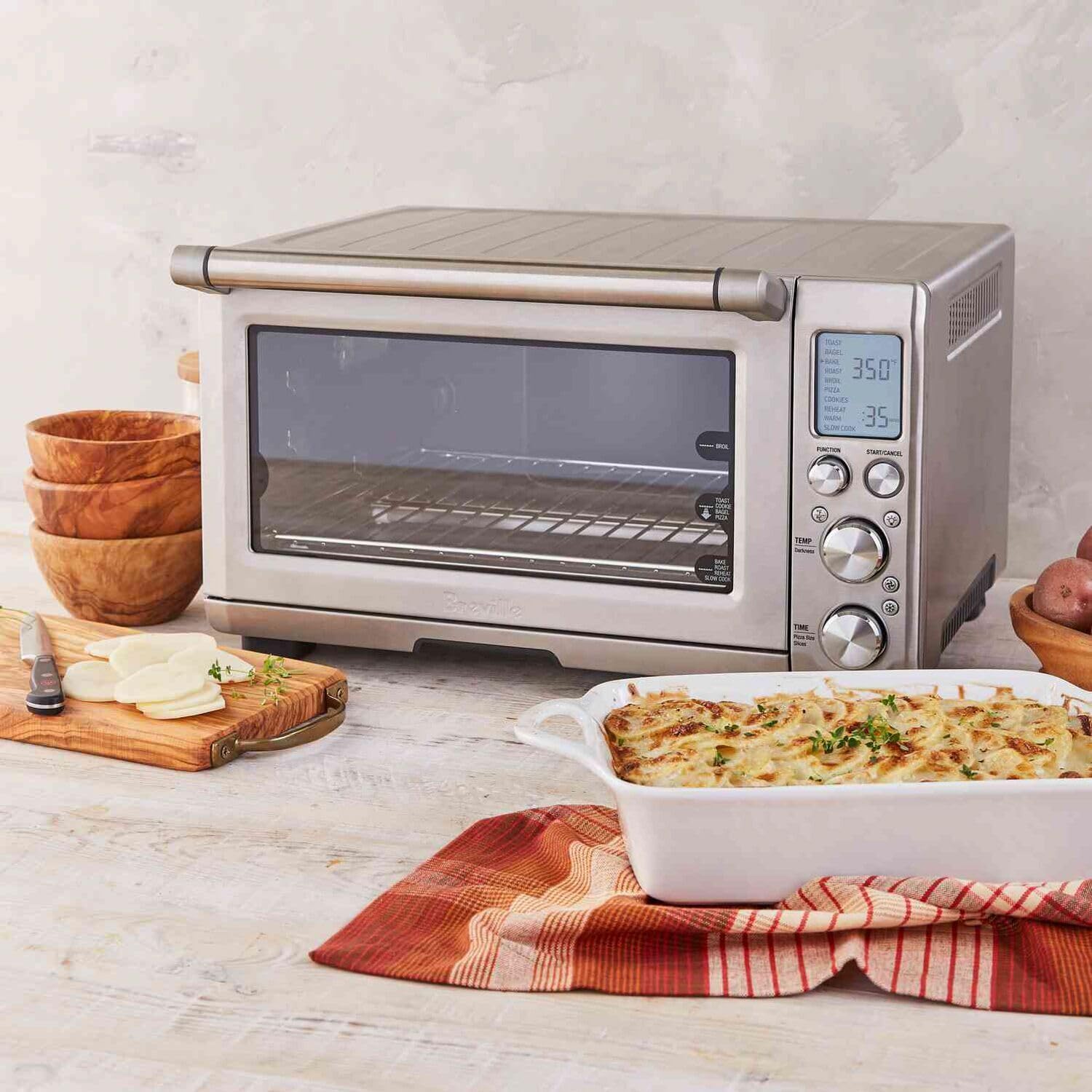Introduction:
Microwaves have become an integral part of modern kitchens, revolutionizing the way we cook, reheat, and defrost food. While we commonly use microwaves in our daily lives, there are several fascinating and lesser-known facts about these kitchen appliances. In this article, we will explore interesting facts about microwaves, including their invention, technology, usage, and impact on the culinary world. From the speed of cooking to their unexpected uses, these fun facts will give you a new perspective on this commonly used appliance.
Fun facts about microwaves
Invention and Evolution:
Microwaves were not invented with the intention of cooking food, but rather as a byproduct of radar technology. Percy Spencer, an engineer at Raytheon, discovered that microwaves could heat food when he noticed a candy bar in his pocket melted while working with a magnetron. This accidental discovery led to the development of the first microwave oven in 1946, which was quite large and costly. Over time, microwaves became more affordable, compact, and energy-efficient, making them a staple in households worldwide.
Speed of Cooking:
One of the most remarkable features of microwaves is their ability to cook food rapidly. Microwaves work by emitting electromagnetic waves that excite water molecules within the food, causing them to vibrate and generate heat. This quick and efficient heating process allows food to cook significantly faster than conventional methods. For example, a microwave can cook a potato in just a few minutes, whereas it would take several times longer using a conventional oven or stovetop.
Microwaves and Nutrient Retention:
Contrary to popular belief, microwaving food can help retain more nutrients compared to other cooking methods. Since microwave cooking is faster, it minimizes the exposure of food to high temperatures, which can break down vitamins and minerals. Additionally, microwaving with minimal water can help preserve water-soluble vitamins better than methods like boiling, where nutrients can leach into the cooking water.
Microwave Popcorn:
Microwaves have revolutionized the way we enjoy popcorn, making it convenient and easy to prepare. The invention of microwave popcorn in the late 1970s brought a whole new snacking experience to households. With specially designed bags that pop the kernels when heated, microwave popcorn became an instant favorite, offering a quick and tasty treat for movie nights and gatherings.
Microwave-Safe Dishes:
Microwaves require the use of microwave-safe dishes to ensure safe and effective cooking. These dishes are made from materials that do not absorb microwave energy or release harmful substances when heated. Common materials used for microwave-safe dishes include glass, ceramic, and certain types of plastic. It is important to check for labels or markings indicating that a dish is microwave-safe before using it to avoid potential damage to the appliance or food contamination.
Unexpected Uses of Microwaves:
Microwaves have found surprising applications beyond cooking and heating food. Here are a few unexpected uses:
a. Disinfecting Kitchen Sponges: Microwaving a damp kitchen sponge for a short period can help kill bacteria and sanitize the sponge. This method can be useful in reducing the risk of cross-contamination and maintaining a hygienic kitchen environment.
b. Reviving Stale Bread: Microwaving stale bread for a few seconds can help restore some of its freshness. The microwave’s heat can rejuvenate the moisture in bread, making it softer and more enjoyable to eat.
c. Peeling Garlic: Microwaving garlic cloves for a few seconds can make them easier to peel. The heat from the microwave causes the garlic to expand slightly, loosening the skin and making it easier to remove.
d. Toasting Nuts and Seeds: Microwaves can quickly and evenly toast nuts and seeds without the need for oil or a stovetop. This method can be a time-saving alternative to traditional toasting methods.
Microwave-Safe Utensils:
In addition to using microwave-safe dishes, it is important to use appropriate utensils when cooking in a microwave. Metal and aluminum foil should never be used in microwaves, as they can cause arcing and potentially damage the appliance. Utensils made of materials such as glass, ceramic, silicone, and microwave-safe plastics are suitable for use in microwaves.
Standing Time:
After microwaving food, it is important to allow it to stand for a short period. This standing time allows for further cooking and heat distribution within the food. It is recommended to let the food stand for a few minutes before consuming to ensure even cooking and prevent burns from hot spots.
Microwave-Safe Covers:
Covering food during microwaving can help retain moisture and prevent splattering. However, it is important to use microwave-safe covers to avoid potential hazards. Microwave-safe covers are designed to allow steam to escape while preventing excessive moisture loss. Glass lids, microwave-safe plastic wraps, and microwave-safe microwave splatter guards are suitable options for covering food in microwaves.
Impact on Culinary World:
The invention and widespread use of microwaves have had a significant impact on the culinary world. They have revolutionized food preparation, offering convenience, time savings, and new cooking techniques. Microwaves have influenced the development of microwave-specific recipes and methods, such as microwave mug cakes, steamed vegetables, and quick reheating options. They have also inspired the creation of microwave-specific cookware and accessories, designed to maximize the potential of microwave cooking.
Microwave Safety Precautions:
While microwaves are generally safe to use, it is important to follow proper safety precautions to minimize risks:
a. Avoid Superheating: Superheating occurs when a liquid heats beyond its boiling point without actually boiling. To prevent this, place a non-metallic object, such as a wooden stir stick or microwave-safe object, in the liquid before microwaving.
b. Stirring and Checking Temperature: When microwaving liquids or heating food, it is important to stir and check the temperature before consuming to ensure even heat distribution and avoid burns from hot spots.
c. Steam Safety: When removing covers or opening containers that have been microwaved, take caution to avoid steam burns. Open containers away from your face and use oven mitts or protective gloves to handle hot dishes.
d. Child Safety: Keep children away from microwaves when in use to prevent accidents or burns. Microwaves can heat liquids and foods to high temperatures, posing a risk to young children.
Conclusion:
Microwaves have come a long way since their accidental discovery, offering convenience, speed, and efficiency in our daily lives. From their invention as a byproduct of radar technology to their impact on the culinary world, microwaves have become an indispensable tool in modern kitchens. While they are commonly used for cooking, microwaves also have unexpected uses and offer unique benefits such as nutrient retention and popcorn popping. By understanding the evolution, technology, and safe usage of microwaves, we can fully appreciate the wonders and versatility of this essential kitchen appliance.

